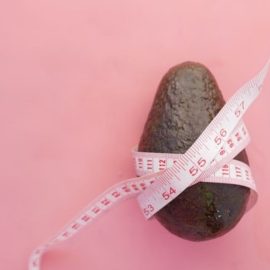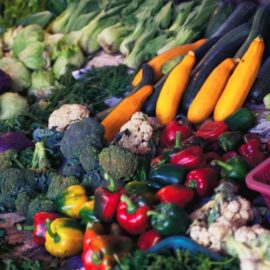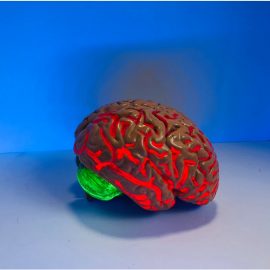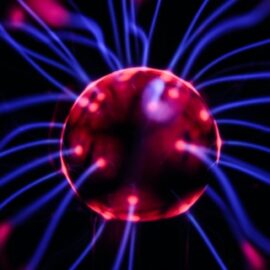
What are common endocrine disruptors in food? Is red food coloring good for you?
Anthony G. Jay claims that endocrine disruptors are found in common foods that you may be eating every day. Even treats such as coffee and chocolate aren’t safe from these harmful chemicals.
Let’s see what types of endocrine disruptors, such as estrogenics, are found in your food.
Foods With Endocrine Disruptors
Jay explains that there are three major endocrine disruptors in food: phytoestrogens, mycoestrogens, and red food coloring.
1. Phytoestrogens—estrogenics naturally produced by plants for their own growth needs. Common examples include lavender and marijuana, but the two most significant sources in our diets are flaxseed and soybeans. These foods pack in hundreds of thousands of micrograms of phytoestrogens, with no other sources coming close.
(Shortform note: Scientists haven’t reached a consensus on whether phytoestrogens are harmful or beneficial. In fact, some argue that phytoestrogens like soy and flaxseed actually reduce estrogenic activity. In How Not to Die, Michael Greger explains that phytoestrogens (which have weaker estrogenic activity than your body’s naturally produced estrogen) compete against estrogen for receptors and, in doing so, often prevent them from binding. Because of this, Greger argues that eating soy and flaxseed can help reduce the risk of breast cancer.)
2. Mycoestrogens—estrogenics produced by fungi (like mold or yeast). The only presently recognized mycoestrogen is zearalenone (ZEA), which can enter our food primarily through cereals and other food products like coffee and chocolate.
(Shortform note: Mycoestrogens are a class of mycotoxin, which more broadly describes harmful substances produced by molds and fungi. Some research suggests that climate change may increase mycotoxin contamination of crops: Rising temperatures can create more favorable conditions for types of fungi that produce mycotoxins, causing them to spread geographically. This is leading to an increase in mycoestrogen contamination in crops like grapes and maize.)
3. Red food coloring—Studies have found many artificial red food dyes to be estrogenic. Jay writes that while some have been banned, Red No. 40 and Red No. 3 are still legal and prevalent in many foods. He suggests, however, that it’s best to avoid all red food dyes because they sometimes go by alternate names—for instance, Red No. 40 is also known as Allura Red AC and Red #17. There’s also a lack of sufficient research into other variations, so many red dyes may have estrogenic properties that we’re not yet aware of.
(Shortform note: These red dyes can be found in many commonly used products: Red No. 3 is commonly used in candy, popsicles, and cake-decorating gels while Red No. 40 is used in candy, sports drinks, condiments, and cereals. While Jay only cautions against consuming red food dyes, other food dyes—notably, FD&C Green No. 3 and Yellow No. 6—are also considered potential EDCs.)






